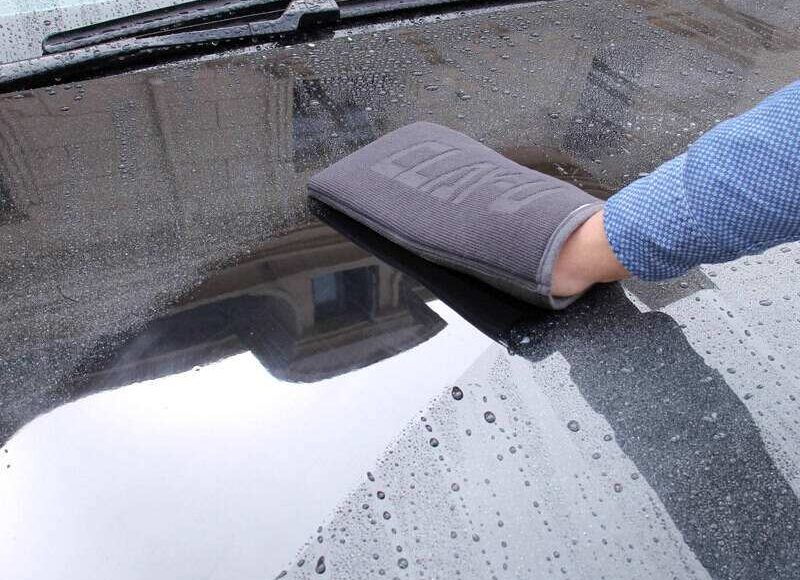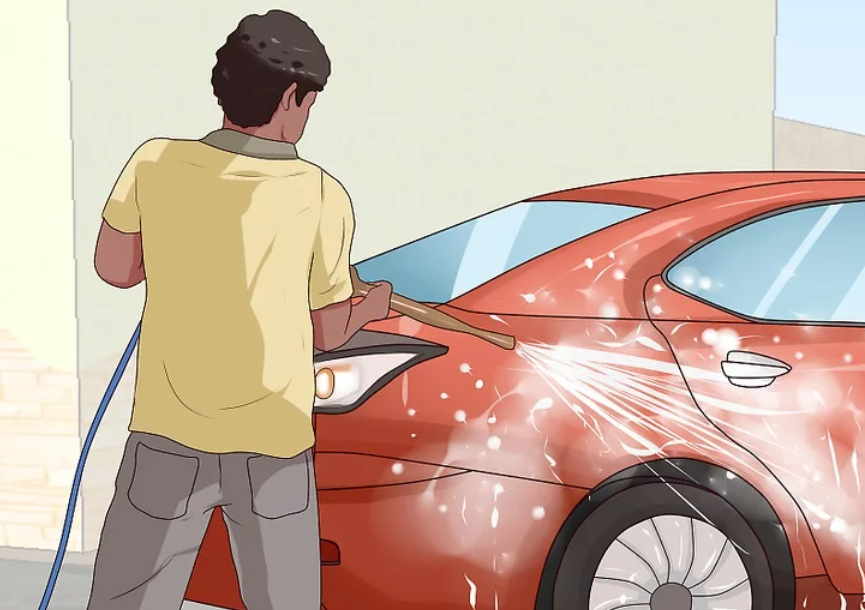- March 25, 2023
- By feng gao
- In windscreen maintenance, windscreen replacement, windscreens-tinting, windshield repair near me
- Tags wind+screen+repair
- 23
- 0

Aussie Auto-glass,one of the best leading auto glass replacement company in Sydney, which is located at 813 princes highway in Tempe.
Polishing your automobile will help to extend the life and beauty of the paint and exterior. Polishing is the oft forgotten step between washing and waxing, but when done properly, it completely revitalizes the car’s exterior finish. A thorough car polishing will remove firmly bonded surface contaminants and subsurface paint defects, and will prepare the surface gloss for wax application. Successfully polishing your car may require a polishing wheel – but it is possible to complete the polishing by hand.
1.Park your car in a shaded area. The first step to polishing your car is to wash it, and you should always wash a vehicle in a shady area. Direct sunlight could cause the soap you use to dry onto the paint, which will dull the finish. Find a place that keeps the entire vehicle out of direct sunlight and park it there.
•Make sure you park the vehicle on a solid surface. Dirt or grass are not recommended, as you may get mud on the car after you wash it.
•An overcast day is a great time to wash and polish your car, as long as it doesn’t rain.

2.Cover or move things you don’t want to get messy. Polishing the car can be a messy process. When you turn the polisher on, it may spray rubbing compound as it starts to spin. Make sure your pets are inside and there’s nothing around the vehicle that you can’t get sprayed with some loose polish.
•The polish will wash away easily, but you may not want to clean some things.

3.Rinse the entire vehicle with a hose. Spray water all over the entire vehicle to prepare it for you to hand wash it. If possible, use the water to remove any large bits of debris or dirt that are stuck on the paint of the car.
•Start from the top and work your way down to the bottom of the vehicle as you rinse it.
•Make sure to rinse the wheels and bottom portion of the car thoroughly, as it’s where dirt and mud are most likely to stick to the paint.
4.Clean your wheels and tires first if you intend to. If you intend to wash your wheels and tires on the same day that you polish the paint, make sure to clean them first.Clean your wheels and tires first if you intend to. If you intend to wash your wheels and tires on the same day that you polish the paint, make sure to clean them first.
•You may get harsh wheel detergents on the paint of the vehicle when cleaning your wheels, so doing so first will allow you to clean the detergents from the paint.
•Rinsing the wheels may also splatter dirt or mud onto the paint you can then wash off.

5.Wash the car with automotive soap. Fill a bucket with water and a small amount of automotive soap. Choose a soap that does not have wax or polish in it. Dunk a clean sponge into the bucket and begin washing your car from the top and work your way down.
•Make sure to clean the paint on your car thoroughly before you polish it. Any debris or dirt on the paint could result in damaging swirls or scratches when you begin the polishing process.
6.Choose the appropriate pad and compound for your car. Dark colored vehicles are more prone to swirling the paint when you polish your car, so use a softer pad and compound if your vehicle’s paint is dark. You can use more aggressive pads and compounds on lighter color cars with little issue.
•You can purchase pads and compounds at your local auto parts store.Aussie Auto-glass near you.
1.Wash and rinse the car again. Once you have polished every panel on the body of the car, clean the polishing pad thoroughly and set it and the polishing wheel aside. Spray the entire vehicle down with a hose and wash the entire car again.Rinse the car thoroughly after you’re done washing it.
2.Allow the car to dry. The paint on your car will need to be dry before you can wax it. You may dry the vehicle using microfiber towels if you’d like to expedite the process. If you have hard water, allowing the water to air dry could leave small spots on the paint, so you may want to use towels to keep water spots from forming.
•If you dry the car with towels, start from the top and work your way down.
•Ensure the paint is completely dry before moving on to waxing.

3.Apply a coat of wax to the car’s paint. Use a good quality automotive wax to protect the newly polished paint and ensure it has a bright, shiny finish. Put some wax on the pad that comes with it and apply it to your car in a circular motion. Wax the entire vehicle, as the polishing process can leave the paint unprotected from the sun.
•Apply the wax one body panel at a time as well.
•Make sure the vehicle is not in direct sunlight while waxing.
4.Polish the wax off with a microfiber towel. Once the wax has dried, buff it off of the paint using microfiber towels. You can tell the wax has dried sufficiently by touching it with a bare finger. If the wax wipes off easily beneath your finger, it is dry and can be buffed off the vehicle.
•Once you have buffed off all of the wax, the paint will have a brilliant shine and finish.
•When polishing a car, remember to polish the bumper as well for a complete look. Keep the material in mind, regardless of whether it’s chrome, steel, or plastic, so you can be sure to polish it in the right way.
Aussie Auto-glass, With our highly trained team, we are able to provide you with professional windscreen replacement service and satisfied customer service.
Book your appointment now and get 10% discount.
And give us google 5 Stars feedback and get a free drink on us.
MAKE APPOINTMENT



